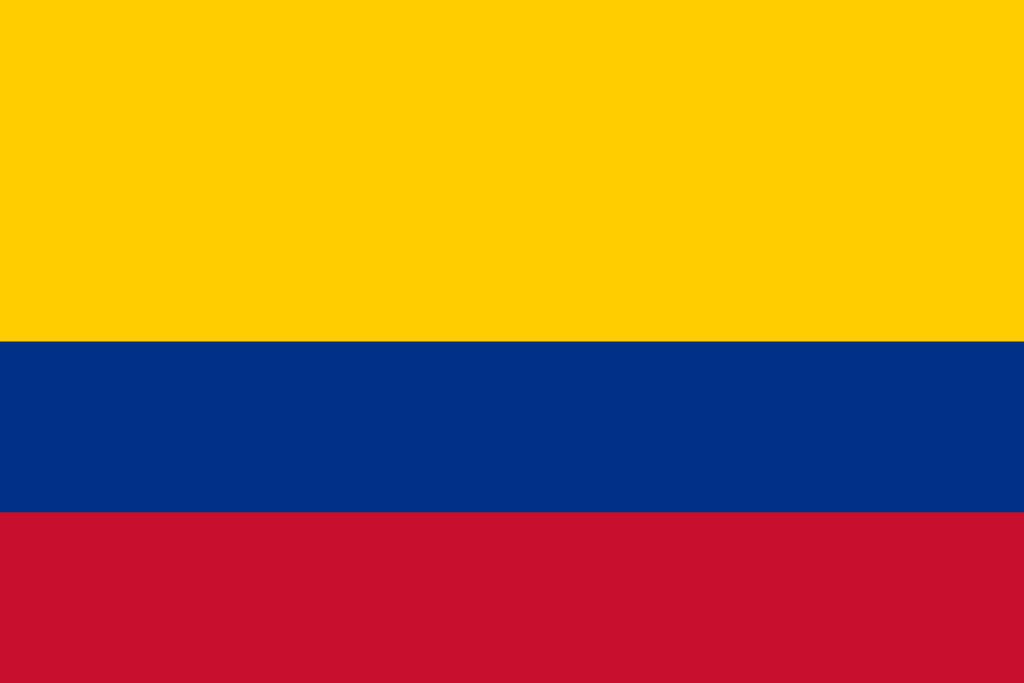On Thursday, Colombians celebrated their first Independence Day in 53 years without the FARC, the insurgent —and many would say terrorist— group known as the Revolutionary Armed Forces of Colombia.
The FARC started in 1964 in the country’s rural areas. The organization was formed by local farmers who wanted to fight against inequality. Their ideology was inspired by Communism, Marxism and the Cuban Revolution. However, throughout the years, the group lost its focus and started dealing with drug cartels, bombing cities and killing innocent people.
The end of this 53-year-old war conflict was unthinkable five years ago. But it is real now. Last November, the Colombian government and the FARC signed a controversial “peace agreement” to finally end the conflict that affected the lives of almost three million people, killed 220,000 Colombians and left lifelong scars.
Ever since that moment, many symbolic events have happened. On June 27, for instance, FARC fighters returned every single weapon (14,000) it used against the government. Back in May, the government, along with international help, built the first school in Briceño, a small town in the country’s western region, after becoming the first town with no anti-personnel mines.
Yet the reality about making peace with the FARC still hits home, as 50 percent of Colombians rejected the agreement with the insurgent group during an October 2016 plebiscite, barely defeating supporters who wanted the peace agreement.
Many people, including myself, asked why Colombians didn’t want to end the conflict. The reasons are complicated.
Those who rejected the peace agreement did not want the FARC to obtain political power. In other words, the group’s leaders would now have seats in Congress after killing thousands of people. Many FARC members would also never be jailed for their actions.
But there is more to that. Ending the 53-year-old conflict means returning land to farmers who had lost it during the conflict. The government will be spending billions to build houses, provide education and offer health care to those affected by the war. It means no more kidnappings or killings.
And this is important to note because those who were most affected by the war overwhelmingly voted for the agreement. For instance, 96% of the population in Bojayá, a small town in the Pacific region, said yes to peace. Bojayá was one of the most affected towns during the conflict. In 2002, 79 people died in a church during a confrontation between the FARC and paramilitaries-another insurgent group.
Yet having no FARC does not mean Colombia has found absolute peace. Besides the FARC, there are other insurgent groups like the ELN (the National Liberation Army) that are still killing people and making money from the drug cartels. In addition, government corruption and the lack of security in the cities due to the high levels of poverty and inequality are some of other factors still affecting Colombians.
Despite all this, last Thursday was a historic Independence Day for Colombia, and all Colombians should be proud that our future generations will only see the name “FARC” in history books.
***
María Camila Montañez is a journalism student at CUNY Graduate School of Journalism’s Spanish-language program. She is originally from Colombia and tweets from @mariacmontanez.



